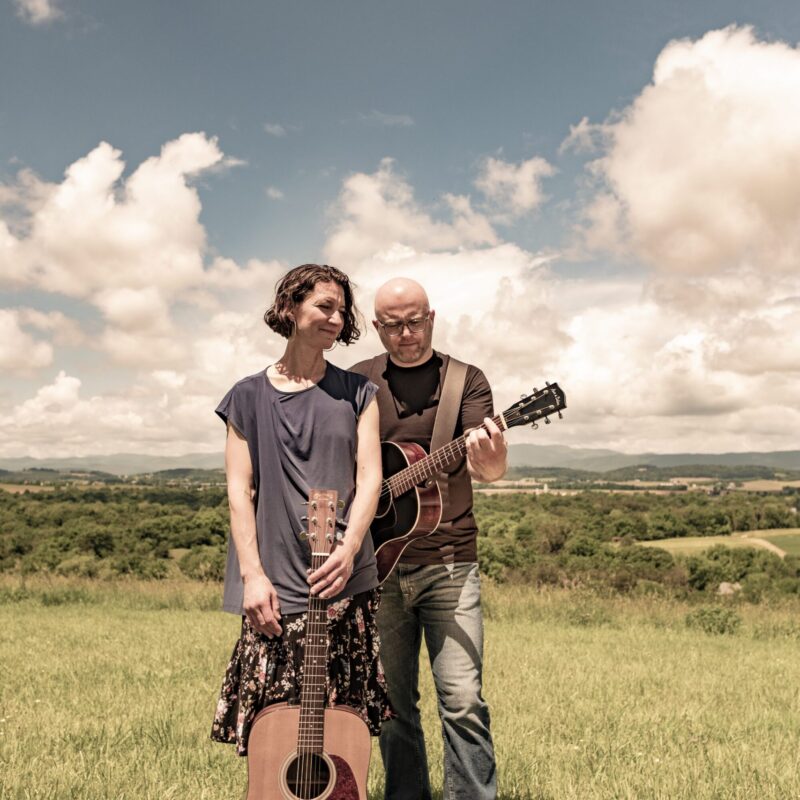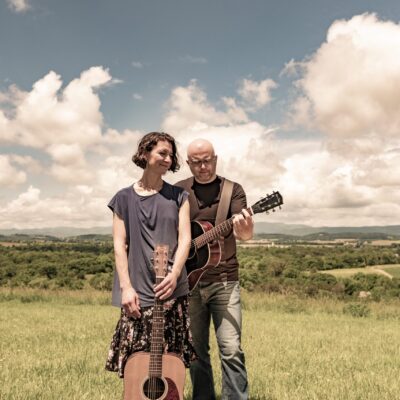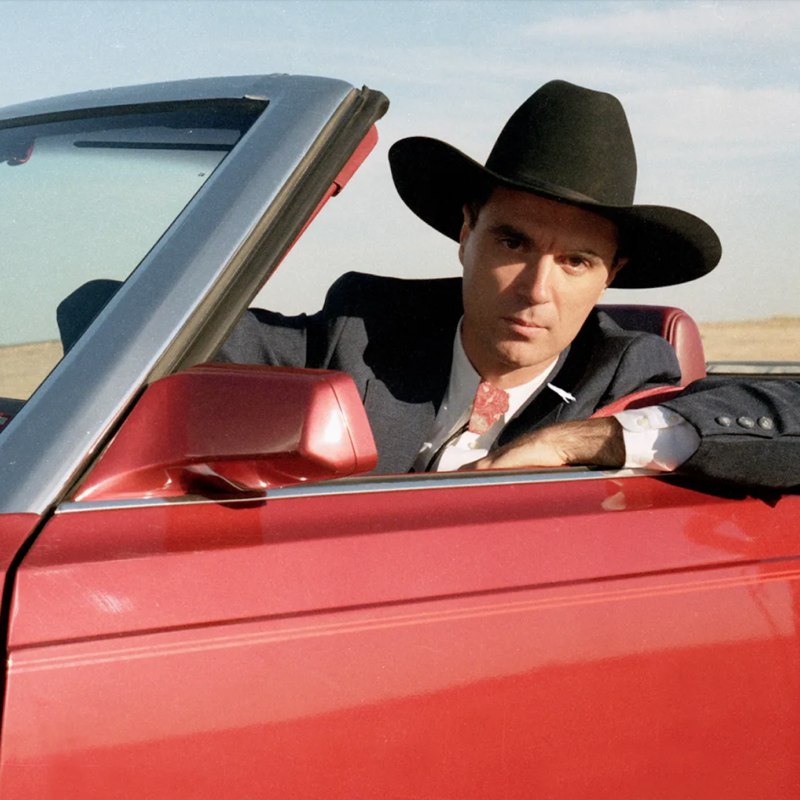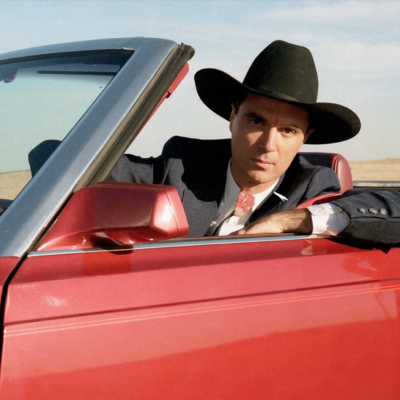Fantasy Festival was started in Key West, Florida, from a conversation between friends in 1978. For a week or so before Halloween, the city becomes a roving cast of characters straight out of Priscilla, Queen of the Desert or Showgirls. And, while nudity is explicitly prohibited in Key West, the costumes find innovative ways to suggest skin. As a result, the Fantasy Fest website offers this guideline for would-be photographers: "Please ask permission before snapping photos of other partygoers and practice festival etiquette by treating other people’s costumes (no matter how skimpy!) as works of art."

Dear ol’ UVA: Lincoln Perry gives his latest murals at Old Cabell Hall an exotic cast of characters (pictured: "Maquette for Cabell Hall Mural, 2006").
|
The festival planners didn’t take Charlottesville’s renowned muralist, Lincoln Perry, into account when drafting the rules. Then again, Curtain Calls wonders, why would they? Perry is better known for painting sprawling scenes across the walls of UVA’s Old Cabell Hall than he is for applying body paint. So Curt was a bit surprised when he dialed up Perry to talk about his retrospective show, "Lincoln Perry: Three Decades," at Les Yeux du Monde and instead wound up talking about costumes.
"I’m going to try to blend in more this year—I’ll be the guy doing sketches in a Grim Reaper suit," says Perry.
When Perry and his wife (UVA creative writing professor Ann Beattie) are in town, Perry devotes his time to his Cabell Hall murals. "At Cabell, currently, there are four more panels that I’ve blocked in," he says. CC asks about his long-term plans for the murals, and Perry says that UVA "hasn’t given a deadline…it’s a question of years."
"When things are 18′ high, you can’t really try this or that," says Perry.
Trying this and that is reserved for easier, smaller endeavors, like Perry’s show at Les Yeux, a collection of the artist’s old and new. "Even when I do smaller work, it has that elasticity," Perry adds, "that largeness potential in the painting."
A video tour of Lincoln Perry’s exhibit at Les Yeux du Monde. |
A bit of the carnivalesque and fantastic shows in Perry’s "Maquette for Cabell Hall Mural, 2006," in which a host of tweed- and tan-clad folks with blue-and-orange umbrellas cluster around a Pavilion on the UVA Lawn beneath a sky that sweeps across seasons. Across from this cluster stands another group, comprising jesters, dancing children, a skeleton and, barely distinguishable in the hands of a young trick-or-treater, the reaper’s sickle.
Junk in the trunk
Prior to the opening of "The Dresser Trunk Project" at the University of Virginia Art Museum, a collection of 10 or so cases will be pulled from an AmTrak train and transported to the exhibit’s space, no more compelling than any other piece of luggage until they are unclasped and opened up on November 3. At present, the contents are known only to the artists behind each work, who based each trunk on a venue that housed African-Americans during segregation.
Curt, who doesn’t know Louis Vuitton from Vera Wang (but knows how to properly spell both their names—how odd!) dialed up William Williams, an associate professor at UVA’s architecture school and a curator of "The Dresser Trunk Project," for a little help unpacking the exhibit.

Lisa Henry Benham’s Carver Inn dresser trunk, part of "The Dresser Trunk Project" at the UVA Art Museum.
|
"The show is about several places that black musicians and travelers stayed and visited during segregation—hotels, nightclubs, Negro League ballparks," Williams says. "Each artist was invited to make a Cornell box"—a diorama-esque collage made popular by Joseph Cornell, who designed such boxes as toys for his brother, who was stricken with cerebral palsy—"for one of these locations. Then, all of the boxes travel to each location."
The boxes travel along the Southern Crescent Line of the rail service, making stops at the Teresa Hotel in New York and the Whitelaw Hotel in Washington, D.C. Curt asks Williams for the scoop on the Charlottesville box, and Williams offers that many of the locations that inspired trunks were listed in The Negro Motorist Green Book, a listing of safehouses. "Joker’s Barbershop is listed," says Williams, and adds that the Carver Inn, which no longer exists, is listed, as well.
Lisa Henry Benham, an assistant professor at the University of Utah, took on the Carver Inn. But "The Dresser Trunk Project" has a few more local connections, namely Walter Hood, the landscape architect of UVA’s South Lawn Project. Hood is designing a trunk based upon a safehouse in Charlotte, North Carolina, where he lived previously.
Williams tells Curt that he is taking on the Whitelaw Hotel in D.C. "It’s a fascinating place on the [Crescent] line because black travelers had to move to a segregated car once you hit Union Station," says Williams.
So, pack your bags, folks. The project opens November 3 with a gallery talk from Williams.
Got any arts news to share? E-mail curtain@c-ville.com.





